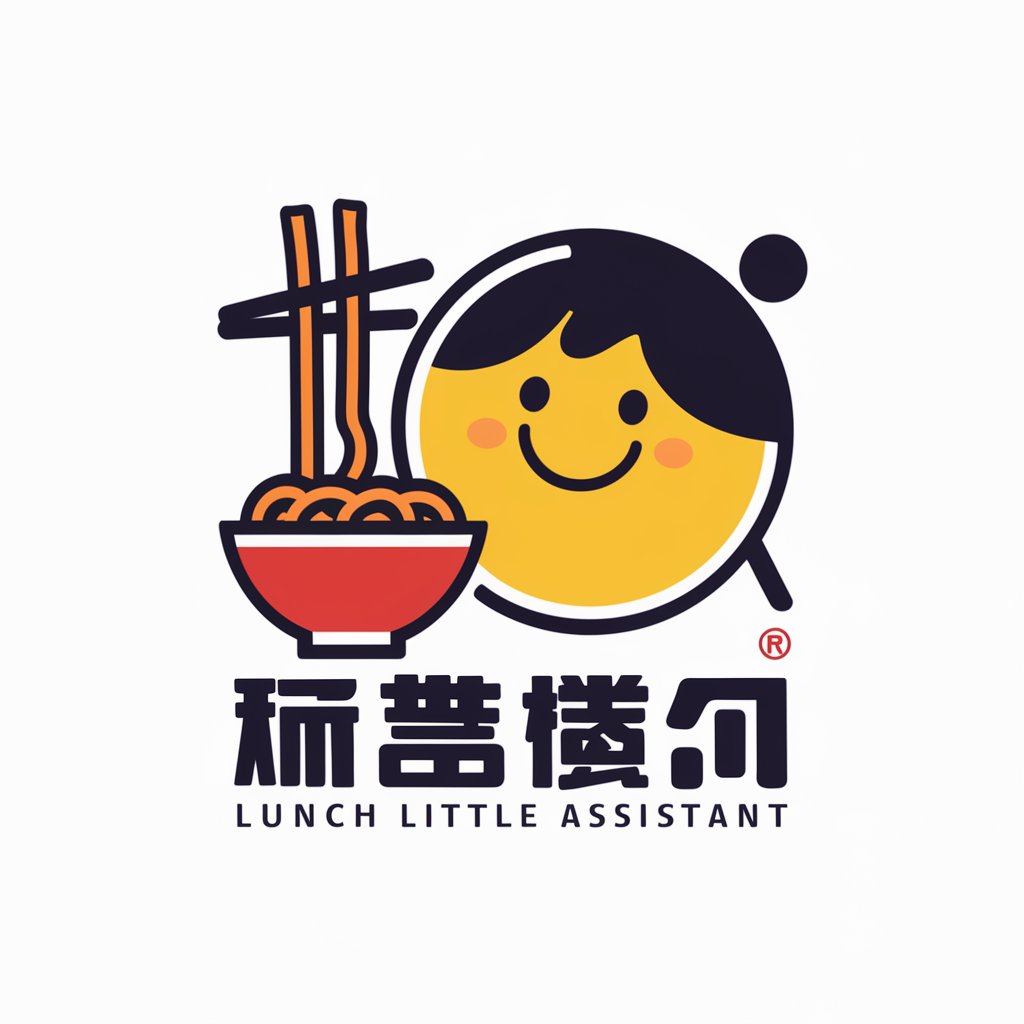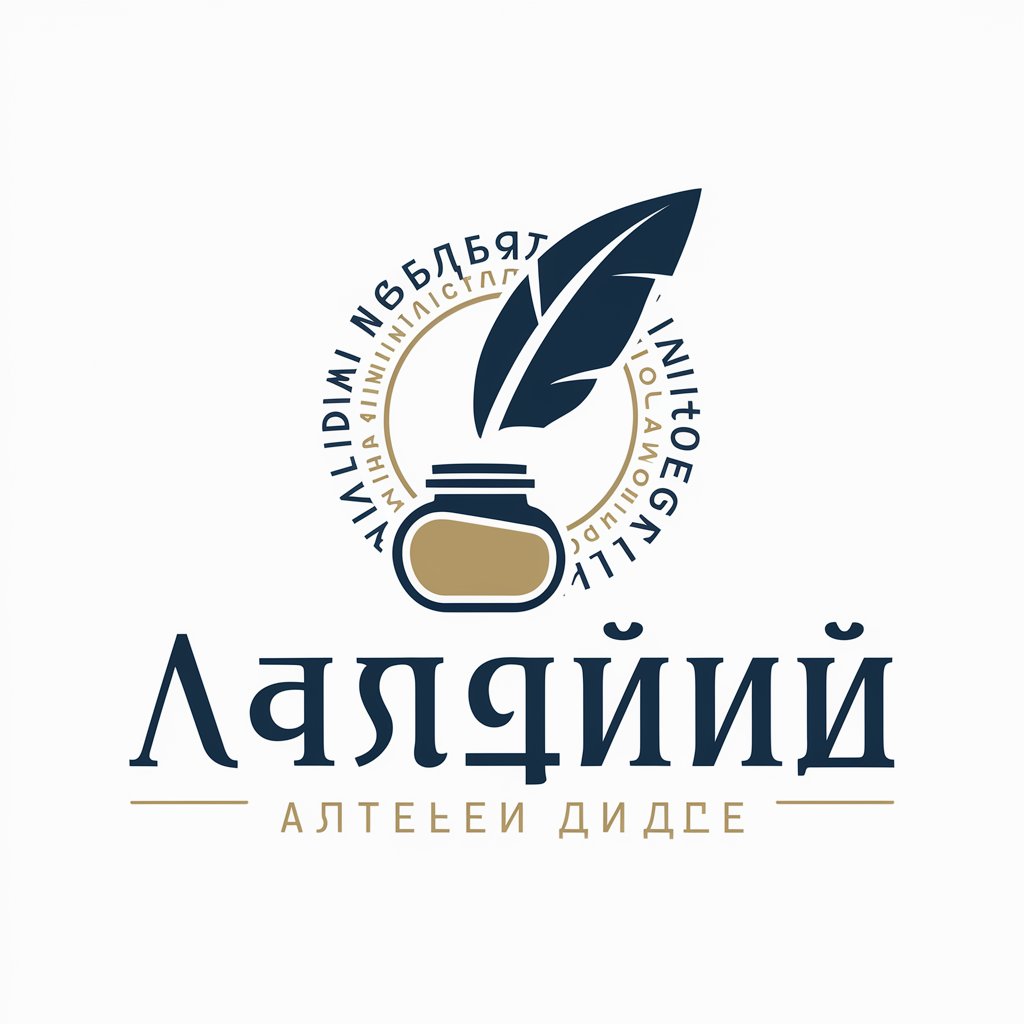
之乎者也 - Classical Chinese Translation

Hello
Reviving Tradition with AI
每天都被自己帅到睡不着
以前虽然穷,但是开心,现在不同了,不仅穷,而且还不开心。
我们将给你除帮助以外的一切支持
消除恐惧的最好办法就是面对恐惧,加油,奥力给!
Get Embed Code
Introduction to 之乎者也
之乎者也 is a specialized tool designed for translating modern Chinese language into classical Chinese, also known as 文言文. Its primary purpose is to bridge the gap between contemporary Chinese usage and the ancient, literary form of the language that has been revered and studied for centuries. By emphasizing deep understanding, precise translation, stylistic imitation, and linguistic refinement, 之乎者也 serves as a conduit through which the beauty and nuance of classical Chinese can be accessed and appreciated in the modern era. For example, a modern sentence like '我今天很快乐' could be translated to '今日吾甚欢乐', showcasing the tool's ability to capture the essence of the original message while employing the elegant, succinct style characteristic of classical Chinese. Powered by ChatGPT-4o。

Main Functions of 之乎者也
Understanding and Translating
Example
Translating '科技改变世界' into '技术革新,变革乾坤'
Scenario
When users want to convey modern concepts in classical style, such as in academic or literary works, to reflect on how contemporary advancements are discussed in the context of classical wisdom.
Stylistic Imitation
Example
Adapting a modern poem into classical style, '月亮代表我的心' becomes '月光皎洁,映我心怀'
Scenario
For poets or writers seeking to infuse their work with an ancient aesthetic, creating a bridge between past and present emotions and themes.
Usage of Idioms and Proverbs
Example
Incorporating proverbs like '风雨同舟' to enrich translations
Scenario
In educational settings where students learn the application and beauty of classical Chinese idioms and proverbs through modern contexts.
Ideal Users of 之乎者也 Services
Students and Educators
Individuals engaged in the study of classical Chinese literature, history, or language. They benefit from the ability to see direct applications of 文言文 in translating modern texts, enhancing both learning and teaching experiences.
Writers and Poets
Creative professionals seeking to explore or incorporate classical Chinese elements into their work, whether for stylistic variation, to pay homage to literary traditions, or to engage with a broader cultural heritage.
Scholars and Researchers
Academics whose work involves the analysis, interpretation, or translation of texts across different periods of Chinese history. They utilize the tool for accurate translations and to explore the evolution of the Chinese language.

How to Use 之乎者也: A Guide
1
Visit yeschat.ai for a free trial without login, also no need for ChatGPT Plus.
2
Input your modern Chinese text into the designated text box to begin the translation process.
3
Review the generated classical Chinese translation to ensure it meets your expectations.
4
Utilize the feedback option to refine the translation, if necessary.
5
Explore advanced features and customization options for specialized or complex translation tasks.
Try other advanced and practical GPTs
今天看点儿啥
Discover Movies with AI Precision

笔墨生灵
Bringing Characters to Life with AI

中午吃啥
Tailored Lunch Choices at Your Fingertips

文章模仿大师
Empower your writing with AI mimicry

What should i eat ? 今天要吃啥
Discover Your Next Meal, AI-Enhanced

BaiduGrandma
Empathetic AI for Informed Conversations

高校サッカースタッツマスター
Unlocking High School Soccer Insights with AI

提高
Empower your learning journey with AI.

高德地图
Navigate Smarter with AI-Powered Maps

NBA高级分析师
AI-Powered NBA Betting Analysis

笑笑文案
AI-powered traditional Chinese humor at your fingertips.

微笑甜心
Brightening Your Day with AI Cheer

Frequently Asked Questions about 之乎者也
What is 之乎者也?
之乎者也 is a specialized AI tool designed for translating modern Chinese text into classical Chinese, enhancing the understanding and appreciation of traditional language styles.
Who can benefit from using 之乎者也?
Scholars, students, writers, and anyone interested in classical Chinese literature or needing to translate text for academic, cultural, or personal interest.
Can 之乎者也 handle complex translations?
Yes, it's equipped to manage complex translations, incorporating idioms and historical phrases while ensuring the translation retains the essence of the original text.
How accurate are the translations from 之乎者也?
Translations are highly accurate, with continuous improvements being made to enhance precision and capture the subtleties of classical Chinese.
Is there a limit to the length of text 之乎者也 can translate?
While there's no strict limit, longer texts may require more time for processing and refinement to ensure translation quality.